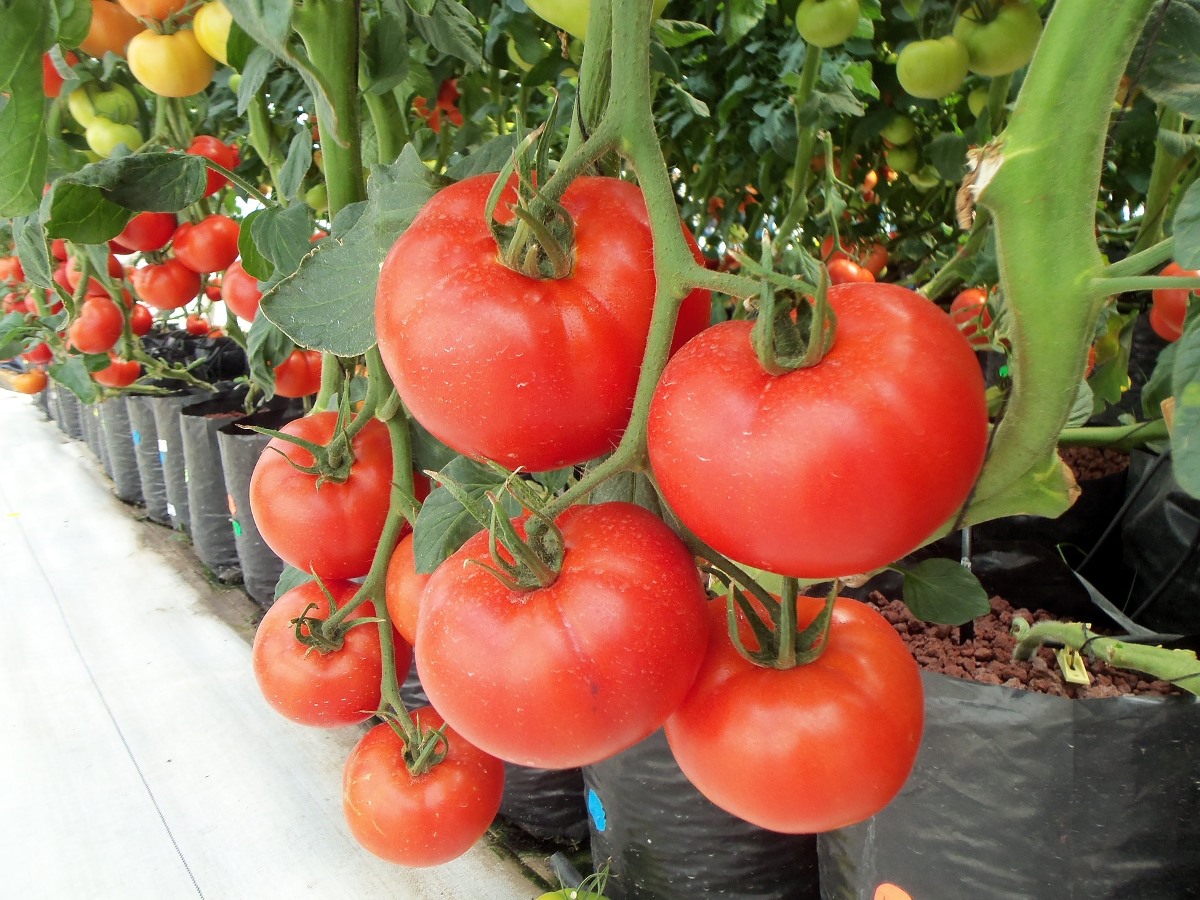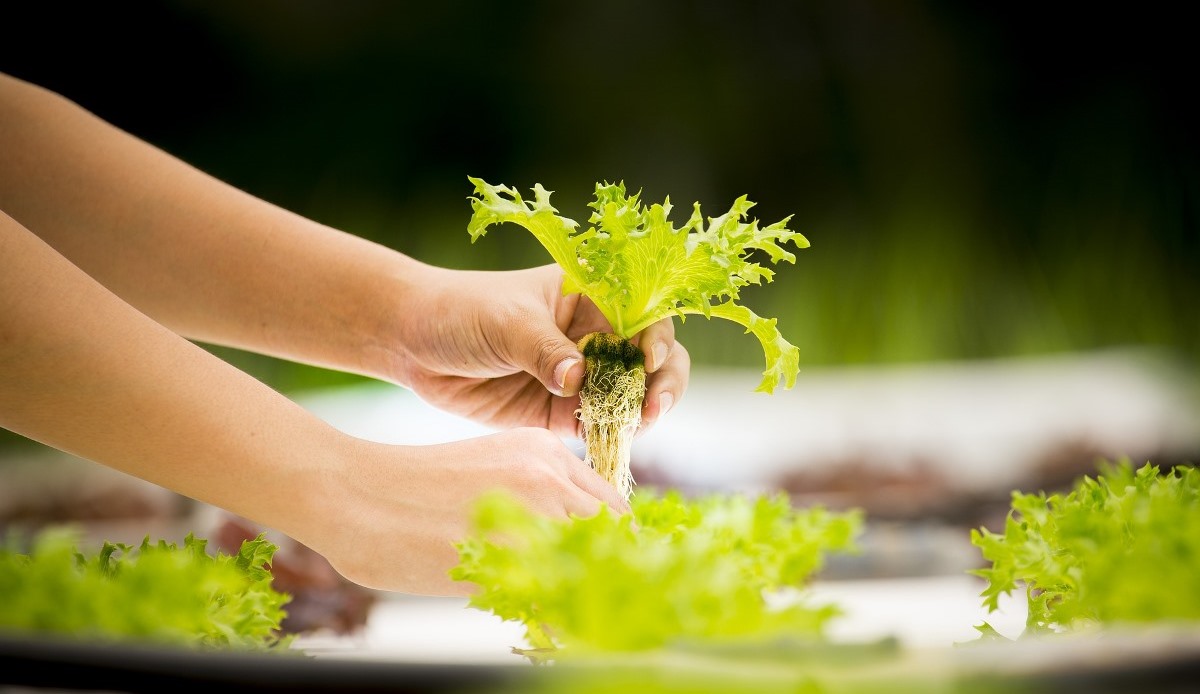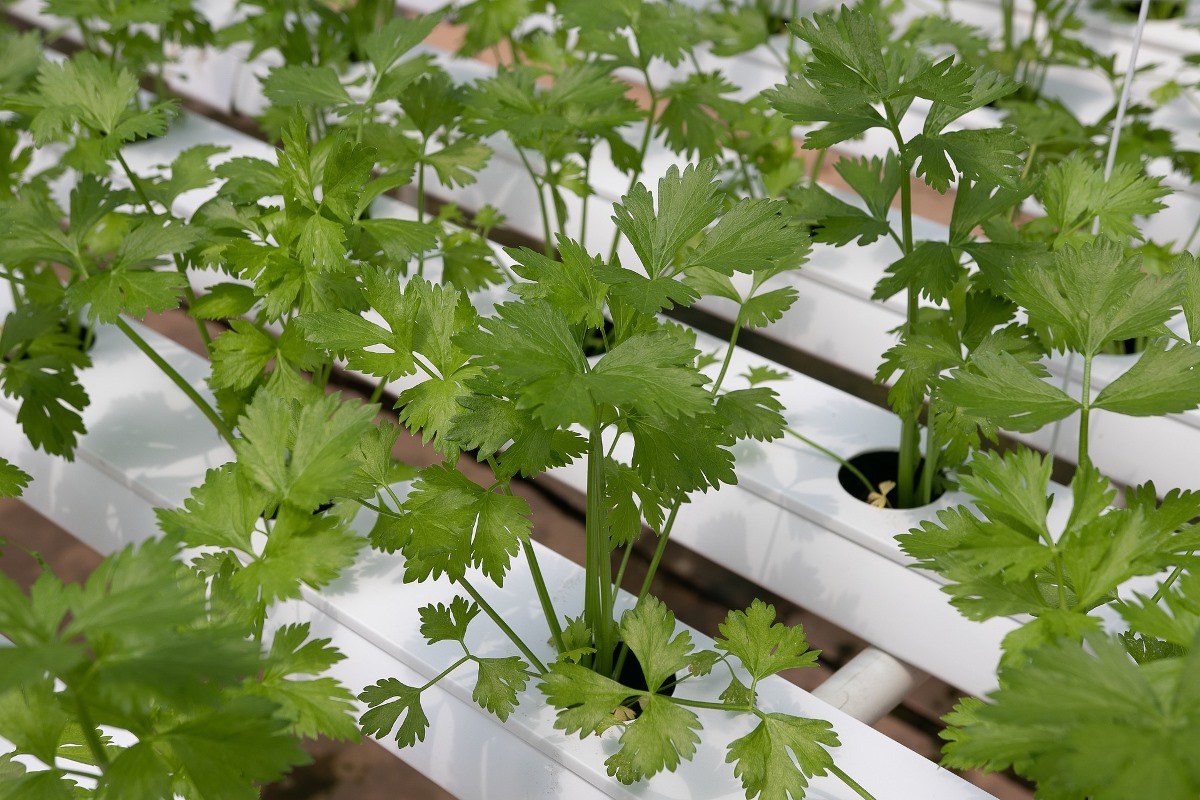Introduction to backyard hydroponic gardening or growing plants without soil
Hydroponic gardening is one type of method for growing plants without soil by using mineral nutrient solutions in a water solvent. It’s a sustainable gardening method that brings optimal growing conditions and oxygen to your plants so they grow progressively when provided with proper light and nutrients. You can easily set up a hydroponic garden in your backyard or your garage. All gardens have the parts and accessories you must set a garden in your back yard. You can grow any vegetable in your standard garden you may grow using hydroponics. With this, you’re going to be in a position to gradually develop your hydroponic garden in conditions of size and capital. A floating hydroponic garden is simple to construct and supply a huge amount of nutritious vegetables for home usage, and on top of that, hydroponic systems avoid many pest problems commonly connected with the soil. Backyard hydroponics is one type of gardening that uses no soil, but instead grows plants in a solution of nutrients and water.
A step by step guide to backyard hydroponic gardening
A hydroponic system can grow vegetables and plants faster and around the year. Plants grown this way usually yield more, require minimum space and conserve soil and water. Each type of plant has its particular requirements and often can’t be mixed with unique species in the same hydroponic unit. As plants require sufficient air circulation to get the carbon dioxide required for photosynthesis, indoor hydroponic systems usually include fans or some type of venting system. Some of the plants don’t require a particular means of growing them. They use a lot of energy developing root systems so they can search the dirt for the nutrients and water they need to survive. Hydroponically grown plants are prone to overwatering, for obvious explanations.
Hydroponic plants aren’t necessarily organic, but growers can control pests by using biological methods instead of damaging pesticides. There are many reasons to grow your plants hydroponically but the most common reasons involve maximum yield and faster growth. In a properly functioning hydroponic system, your plants should be getting the perfect amount of nutrients, continuous access to water, and a good deal of sunlight. When plants are getting all these basic needs, and they don’t have to expend any energy extracting them from the soil, they are going to be able to concentrate all of their focus on only growing to the best of their capabilities.
Benefits of backyard hydroponics gardening
Hydroponics is the most efficient way to grow your plants. And one more excellent reason to grow plants hydroponically in the backyard is the lack of soil. Everyone with an indoor garden knows how messy it can be when you’re trying to plant, repot, and fertilize your plants on your kitchen counter or your dining room table. Backyard hydroponic gardening might involve a small percentage of spilt water or some stray clippings but these types of messes are much easier to clean up than dark, rich soil getting ground into your carpet.

The concept of hydroponics is growing plants in a liquid mineral solution, other than planting in soil. This method of growing hydroponic food has several benefits.
- Soil-borne diseases caused by bugs, insects, and fungi are virtually ruled out.
- Nutrients necessary for healthy plants are delivered directly to the roots via the hydroponic system many times a day, creating robust plants.
- No weeding is necessary. Just a gentle pull of infrequent stray ones is all that’s required.
- You save on water, as there’s less used.
- Nutrients and water are reused over and over making it ecologically friendly.
- Faster Growth- Plants grow faster with hydroponics because it is a more efficient way to grow them. For example, most experts agree that plants will grow around 20% faster with hydroponics vs soil.
- Most edible plants require at least 6 hours of sunlight each day; 12 to 16 hours is better. Make sure to put your lighting system on a timer, so the lights turn on and off at the same time each day.
Growing medium for a hydroponic system
Different types of hydroponic systems demand different growing mediums;
- Expanded clay aggregate or expanded shale is light and airy enough to let oxygen penetrate the plant’s root system easily. Both grow rocks that can be reused. Though the Hydrocom lasts longer than shale; neither will barely affect the pH of the nutrient solution. It works well in an ebb and flow type system.
- Rockwool, the horticultural grade, is produced from volcanic rock and limestone, melted and pressed into identical sheets, blocks or cubes. It’s good for all types of systems because it is capable of holds 10 to 14 times as much water as soil. It has a pH value of 7.8, so it may increase the pH level of the nutrient solution. It is usually used for propagation and often used only once.
- Oasis cubes are lightweight pre-formed cubes used as a starter medium and hold water well and have a neutral pH value.
- Coconut fibre is the first “organic” growing medium and one of the most popular. It performs very well and large oxygen capacity, high root stimulating hormones, and protection against root diseases.
- Perlite is the great mainstay of hydroponic gardening and one of the best growing mediums also. A mined material, it’s cheap and has a good wicking action. The only disadvantage is that it does not hold water well and so can dry out between watering.
- Vermiculite is another cheap mined material. It is used in combination with perlite, as it holds moisture and perlite does not. An equal mix of the two is perfect for drip type and the ebb and flow hydroponic systems.
- Soilless mix(s) contains many ingredients like vermiculite, perlite, and sphagnum moss. Considered organic, it is used in several systems like container wick systems and non-recovery drip systems.
Different types of hydroponic systems for your backyard gardening
Different types of hydroponics system are;
Deep Water Culture (DWC) – A water culture system is another simple system to set up. In this system, the plants are placed in a styrofoam platform that floats on top of the reservoir with the nutrient-enriched water. Unlike the wick system, you will need to aerate the water in this system. DWC is an active recovery Hydroponic system. It works by hanging a net pot with plants held by a floating Styrofoam platform so that the roots are submerged with the nutrient solutions.
Ebb and Flow (Flood and Drain) – An ebb and flow system, also called the flood and drain system, is slightly more complex in design but is extremely versatile. This system works by flooding the growing medium with a water-nutrient solution, then it drains back into the reservoir.
Ebb and Flow method work by using a timer to set the pump to pull the nutrients from the reservoir to the grow tray periodically. After the nutrient surrounds plants’roots, it drains back to the system.
Wick system – The wick system is the simplest mechanically; there are no moving parts or electrical components. This system is not ideal for water-hungry plants like lettuce or tomatoes but works best for microgreens, herbs, and peppers.
Drip – In Drip systems, growers use a timer to set the pump to draw the nutrient solutions through a network of drip lines. These drip lines will drop small amounts of water onto the plants.
Aeroponic – An aeroponic system is a more complex hydroponic method. Plant roots are suspended in air and misted every few minutes with a nutrient and water solution. It is a highly effective method but one that requires sophisticated pumps and misters. If the equipment breakdowns, the plant roots can dry out and die quickly.
Nutrient Film Technique (NFT) – The nutrient film technique uses a water-nutrient solution that constantly flows in a loop from a reservoir through a growing tray, where plant roots are suspended in air and absorb nutrients as the solution flows by. NFT works by continuously flowing nutrient solutions onto the grow tray, so it doesn’t need a timer.
Nutrients required for backyard hydroponic gardening
- Nutrients are the elements in the soil that a plant gets, food for plants, and are available in concentrated form, which can be dissolved into the water (2 to 3 teaspoons per gallon of water).
- It comes in liquid mixes or powered mixes in two containers, one for growing and another for blooming.
- The liquid mix dissolves in the reservoir very easily and has a pH buffer, while the powdered mix usually has none, and does not dissolve as easily, but is less expensive.
- Organic or chemical nutrients can be used for a hydroponic system.
- The organic compounds are found to lock together and which can block the pumps from doing their work.
Care in backyard hydroponic gardening
- Once you have set up your hydroponic kit or built your own grow system, installed your lights, and planted your crops, it’s time for basic maintenance.
- Add hydroponic nutrients to the water reservoir, following the directions on your particular brand. There are many available in both liquid and powder form.
- Fill the water reservoir with filtered not tap water. Tap water contains fluoride and other elements that might damage your plants.
- The ideal water temperature for your hydroponic garden is 18 to 24°C, with a pH level between 5.7 and 6.3.
- Empty, clean, and refill your hydroponic nutrient reservoir every two weeks.
Choosing your crops for backyard hydroponic gardening
In case if you miss this: Organic Square Foot Gardening, Design, Ideas, Tips.

If you’re a newbie to the world of hydroponic gardening or only have enough space for a very small system, it’s best to start with the plants that are easiest to grow in this method. The general rule, plants having shallow root systems do very well in hydroponic grow systems. Consider a hydroponic herb garden of dill, oregano, basil, cilantro, and/or parsley. Leafy greens are also great choices: Lettuce of all types, chard, kale, watercress, and spinach are all tasty, healthy, and easy to grow.
Fresh, crisp lettuce, kale, and other leafy greens, carrots, and radishes are among the easiest to grow in a hydroponic garden. You can also try strawberries, basil, and other herbs.
If you are having a large growing area or want to experiment with slightly larger and more challenging crops, consider peppers, celery, tomatoes, strawberries, or Bok choy.
Water requirement for backyard hydroponics gardening
Set a watering schedule for backyard hydroponics gardening
The watering schedule depends on several factors so you need to customize it according to your requirements. You should set the watering schedule based on your plant type, size, the type of growing media, and the location of the plant. For example, a larger plant that consumes more water, placed in ample sunlight, will require more water. Consider all these factors carefully before you determine the watering schedule. With some hydroponics systems, you will need to adjust the watering cycle as the plants grow.
How to change out your hydroponic water
A general rule of thumb is that hydroponic water must be changed out every 2 to 3 weeks. Depending on your system you may change it more or less often to maintain the best pH and nutrient levels. When you are going to change your hydroponic water, you will be doing it in two ways. It’s important to use both ways of replacing water and to do both frequently. We will cover more about the reasons for this later but for now, you need to know what are those two methods are and how to do them.
The first type of water change is when you top off your water reservoir. When you notice water getting lower, you need to top it off. The best way to do this is by using a balanced pH, clean water. You will end up adding water many times weekly, if not daily. When you are adding the water, be sure to measure and log the amount of water. You will require these logs later to help determine when to do a bigger water change.
The second type of water change is much less frequent and switches out a huge volume of water. Once your logs show that you’ve added about half of the total reservoir volume by doing top-ups, you need to do a larger water change.
How to grow plants in backyard hydroponic garden

Step 1) Choose a system – Whether in a make-shift hydroponic garden made from old litre soda bottles or a kit and find a grow system that works with your budget and space. Kits will have most, if not all the ingredients you’ll need.
Step 2) Pick a plant medium – Among the available grow media, you could choose vermiculite, perlite, clay pellets, gravel, sand, or a combination of several of these. You can also grow in coconut fibre, though you’ll need to watch to make sure it doesn’t become overly soggy, which could kill roots. For certain veggies, you could also choose just to plant atop the water, such as the onions above, with a wicking system. Cotton rope suspended in the waterworks healthy to draw up water.
Step 3) Plant seeds – Once you selected a plant media and system, you will plant your seeds using a seed starter or mat.
Step 4) Add light – You will require to grow lights for your indoor garden to promote steady, long-term growth. Use LED lighting for energy savings because your plant lights will use less energy than fluorescent bulbs.
Step 5) Give proper nutrients – You have to check the pH of your plant system regularly and adjust the nutrients. It sounds complicated but it’s easy. Use a kit that supplies the pH meter and nutrients for a foolproof method. Form experienced hydroponic gardeners; you can select liquid organic fertilizers that work for your indoor gardens.
Step 6) Promote pollination – If you’re growing tomatoes, peppers, or strawberries, you’ll need to help with pollination. This just involves tapping or lightly shaking the plants with a finger.
Step 7) Pick when ready – Pick fresh fruits or veggies when ripe or pinch off herbs when ready. Eat and enjoy it.
In case if you like How To Make A Compost Pit, Benefits, Composting Process.
How does one ensure the correct pH level, when to add nutrients and how much. Also should we change the entire water flowing in NFT at regular intervals